8 Best Ways To Make Money In Nigeria (2023)
Nigeria, a country brimming with vibrant culture and entrepreneurial spirit, offers a plethora of opportunities for individuals seeking to enhance...
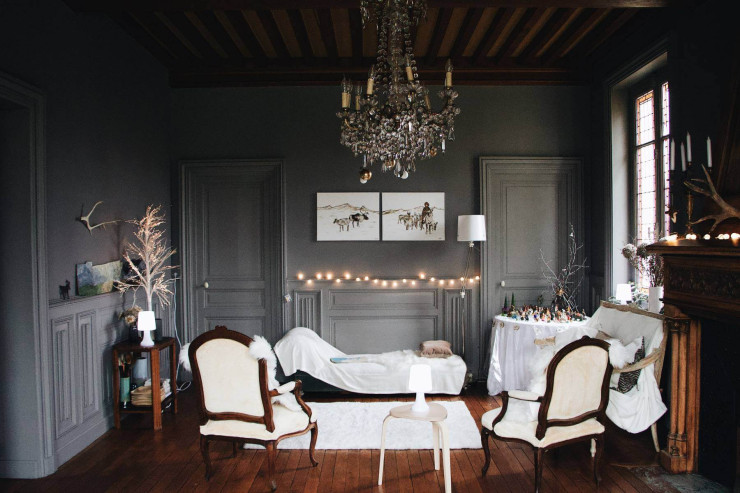
Interior design tools are essential instruments that empower designers to bring their creative visions to life while ensuring functionality and aesthetic harmony. These tools encompass a range of software, equipment, and resources that streamline the design process, from conceptualization to execution.
Read Also: How To Sell Your Service Online
By leveraging these tools, interior designers can effectively visualize, communicate, and implement their ideas, resulting in well-planned and visually captivating spaces. Whether it's CAD software for precise planning or color swatches for perfect palettes, these tools form the foundation for successful interior design projects, enhancing efficiency and delivering outstanding outcomes. In this article, we will discuss the important tools for interior design.

CAD software provides precise measurements, allowing designers to accurately depict room dimensions, furniture placement, and architectural details. This contributes to efficient use of space and avoids costly errors during construction. With 3D modeling capabilities, designers can virtually build spaces, experimenting with materials, colors, and lighting. This helps the client visualize the final design and make informed decisions.
CAD software also supports collaboration, allowing designers to share designs with clients, architects, and contractors. Changes can be made in real time, helping to promote effective communication. In addition, CAD software helps to create construction documentation, including detailed drawings and diagrams, ensuring accurate design execution. In a nutshell, CAD software enables interior designers to provide a digital platform to conceptualize, plan, and communicate design ideas. It improves the accuracy, creativity, collaboration and overall efficiency of the design process.
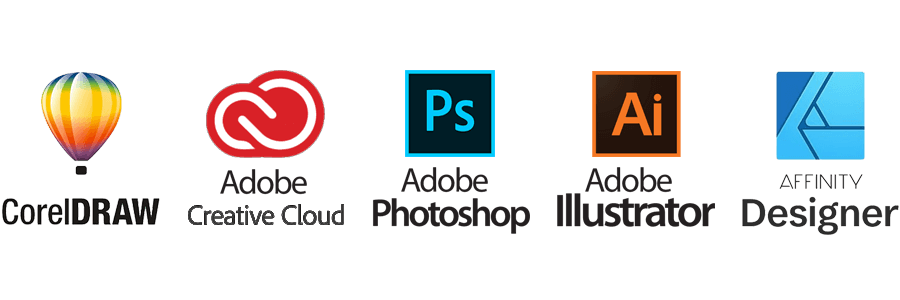
Graphic design software plays an important role in interior design by enabling designers to create visually appealing representations and tie together their ideas. These tools, such as Adobe Photoshop, Illustrator, and CorelDRAW are also great ways to make money but they also enable designers to create detailed visual concepts, mood boards, and presentations to effectively communicate their design vision to customers and stakeholders.
Interior designers use graphic design software to manipulate and refine various design elements. They can create custom palettes, combine different materials, and create realistic 2D and 3D spatial renderings. This facilitates the selection and coordination of furniture, fabrics, finishes and textures, helping the client visualize the final look of a project. Graphic design software also facilitates the production of design documentation. Floor plans, elevations and sections can be enhanced with annotations and tags to clarify construction and renovation projects. Additionally, these tools allow designers to experiment with layouts, lighting scenarios, and decorative elements before implementing them in a physical space.
Essentially, graphic design software allows interior designers to overcome the limitations of traditional verbal sketches and descriptions. It enables the creation of compelling visuals that guide design decisions, drive customer engagement, and serve as a platform for turning creative ideas into tangible, functional and aesthetic interior spaces.

3D visualization and rendering play a central role in modern interior design by transforming conceptual ideas into visually stunning and realistic representations. These tools allow designers to create realistic 3D models of interior spaces, with precise lighting, textures and materials. Through this process, designers can provide clients and stakeholders with a compelling preview of the final design before making physical changes.
In the context of interior design, 3D rendering and rendering serve several essential purposes. First, they facilitate effective communication between designers and clients, allowing them to view proposed design details, thereby reducing misunderstandings and improving decision making. Second, these tools help designers experiment with different design elements, such as color schemes, furniture layout, and materials, to refine the aesthetic and functional aspects of the space. time.
Additionally, 3D visualization and rendering enhances the creative process by allowing designers to explore different lighting perspectives and scenarios, ensuring the right mood and atmosphere for the concept. intended design. These tools also serve as marketing assets, as photo-realistic renderings can be used in presentations, portfolios, and marketing materials to attract potential customers and investors. . Overall, 3D visualization and rendering drive innovation, efficiency, and effective collaboration on interior design projects, helping to achieve spaces that are charming and functional.

Interior design software plays a central role in modern interior design by streamlining the creative process, enhancing visualization, and improving communication with clients and stakeholders. This software enables designers to conceptualize, plan and execute interior spaces with precision and efficiency.
These tools provide a virtual canvas where designers can create detailed floor plans, choose furniture, experiment with color combinations, and incorporate different design elements. With 3D modeling and realistic rendering capabilities, designers can visualize the final look before implementation, aiding decision-making and reducing costly design errors.
Interior design software also makes it easier to collaborate with clients. Designers can showcase their ideas using mood boards, visual presentations, and interactive 3D guides, helping clients understand design concepts and make informed choices. This fosters a more collaborative and satisfying designer-client relationship.
Additionally, these tools often incorporate material libraries, allowing designers to experiment with different textures, finishes, and materials. Additionally, they can help estimate project costs, manage deadlines, and coordinate with contractors and suppliers.
Essentially, interior design software turns creative visions into tangible designs, improving design accuracy, customer engagement, and project management efficiency in the world of interior design. dynamic.
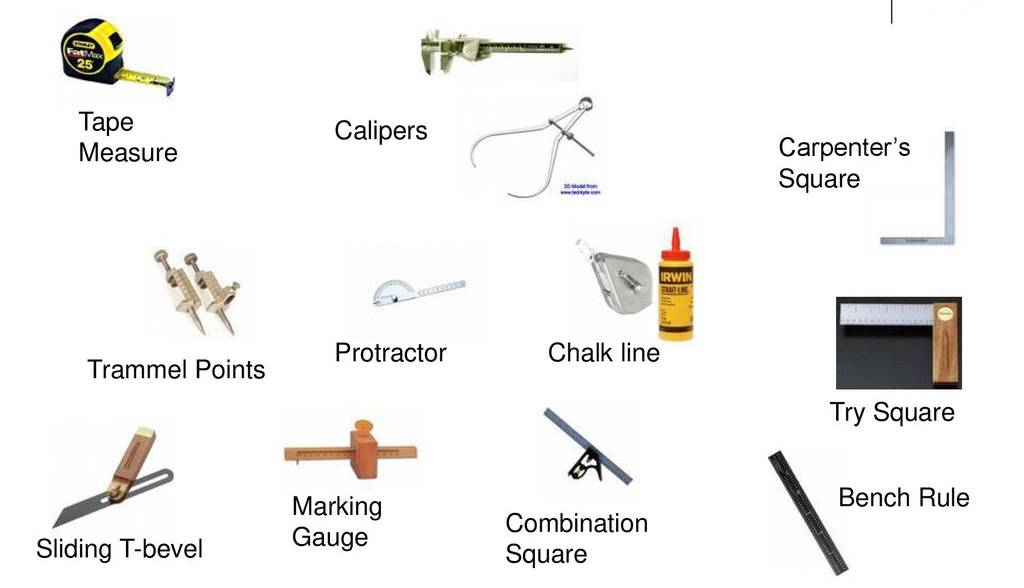
Measurement and layout tools are essential components of an interior designer's toolkit, allowing them to accurately assess and plan spaces for optimal design results. These tools include devices such as laser gauges, tape measure, laser level and chalk line.
Measuring tools allow designers to get precise dimensions of rooms, walls and furniture, ensuring that all elements fit harmoniously into the space. They help create accurate floor plans, helping designers visualize and plan the arrangement of furniture, fixtures and decor. This precision is crucial to avoid space constraints and create a functional and aesthetic environment. Composition tools, like laser level and chalk lines, help maintain straight lines and proper alignment. These tools ensure that the elements are symmetrically positioned and correctly balanced. For example, when installing stands or hanging artwork, laser leveling helps to achieve balance and consistency, improving the overall visual appeal of the design.
In a nutshell, the measurement and layout tools are the cornerstone of a well-executed interior design project. They enable designers to turn ideas into reality by supporting precise measurements, efficient space planning and meticulous layout, creating spaces that are both functional and visually appealing.
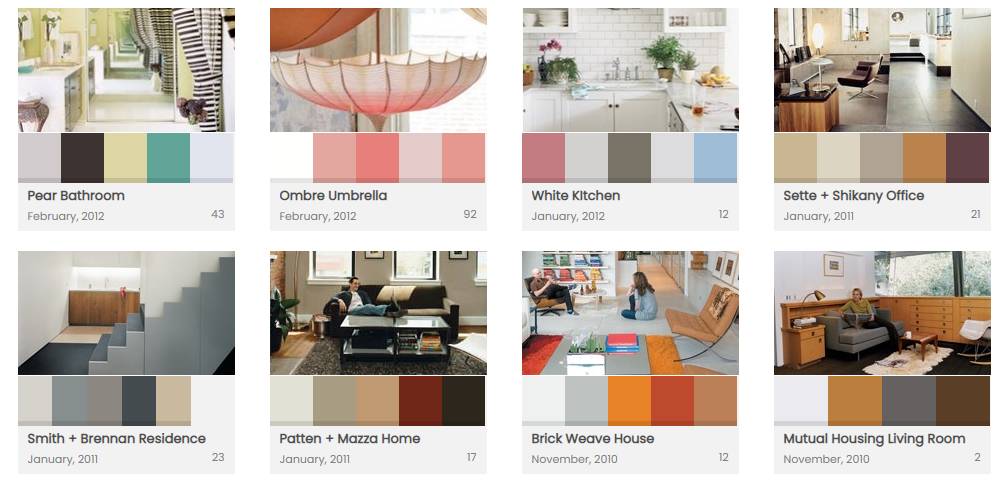
Color and palette tools are essential for interior designers to effectively manipulate and harmonize color schemes in their projects. These tools enable designers to create visually pleasing and cohesive environments by strategically selecting and coordinating colors.
Interior designers employ color and palette tools to:
A . Color Selection: These tools provide access to vast color libraries, allowing designers to explore and choose the perfect shades for walls, furnishings, and accents. They can experiment with different color combinations to evoke desired emotions and aesthetics.
B. Color Harmony: Designers can create balanced and harmonious color schemes using color theory principles. Palette tools help them identify complementary, analogous, or monochromatic palettes, ensuring a unified and appealing atmosphere.
C. Mood Creation: Colors profoundly influence the mood of a space. Palette tools help designers evoke specific feelings, such as calmness with cool hues or energy with warm tones. They can fine-tune the ambiance by adjusting color intensity and contrast.
D . Visualization: Designers use these tools to visualize color schemes within a room or an entire interior. Virtual mock-ups or mood boards assist clients in understanding the color concept before implementation.
E . Client Collaboration: Palette tools facilitate effective communication between designers and clients. They enable clients to provide feedback on color choices and ensure the final design aligns with their preferences.
F . Consistency: For larger projects, maintaining color consistency across various elements is vital. Palette tools assist in standardizing colors across textiles, finishes, and paint selections.
In summary, color and palette tools empower interior designers to craft spaces that resonate with emotions, reflect intended themes, and create a cohesive visual experience, enhancing the overall quality of their design projects.
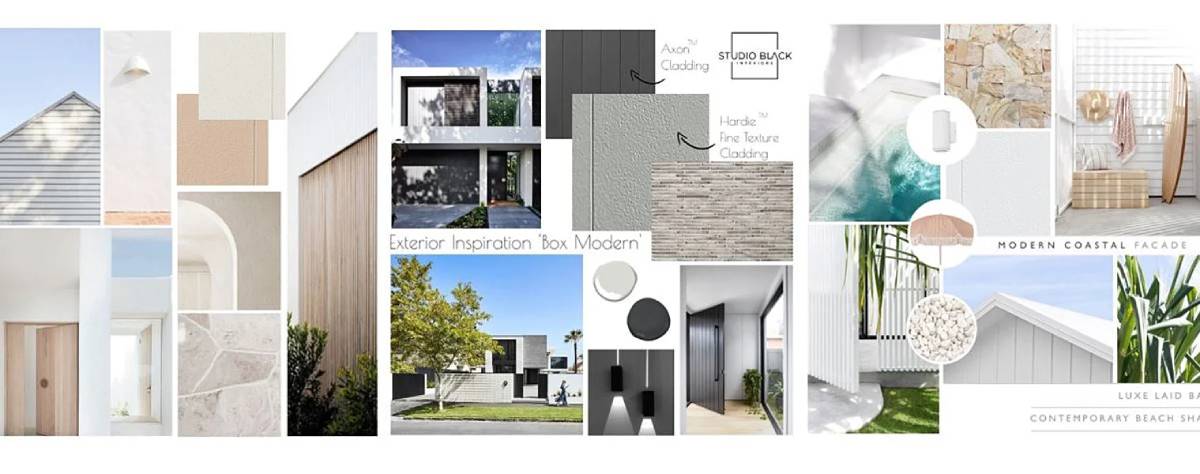
Material samples play a crucial role in interior design, serving as tangible and visual references that aid designers in creating cohesive and visually appealing spaces. These physical samples include fabrics, flooring materials, wallpapers, tiles, and more. They allow designers to evaluate textures, colors, patterns, and overall aesthetics in real-world settings.
Material samples enable designers to make informed decisions during the design process. By physically comparing samples, designers can assess how different materials interact with lighting conditions, other design elements, and the intended ambiance of a space. This helps in achieving harmonious combinations that align with the project's theme and client's preferences.
Furthermore, material samples facilitate effective communication between designers and clients, ensuring mutual understanding and alignment. Clients can touch, feel, and see the materials in person, making it easier for them to envision the end result and provide feedback.
In the Nigerian context, where cultural preferences, climate, and availability of materials vary, material samples become even more crucial. They allow designers to make culturally relevant choices, consider durability in the tropical climate, and work with locally available resources. In essence, material samples are tangible tools that empower interior designers to transform abstract concepts into tangible, aesthetically pleasing, and functional interior spaces.
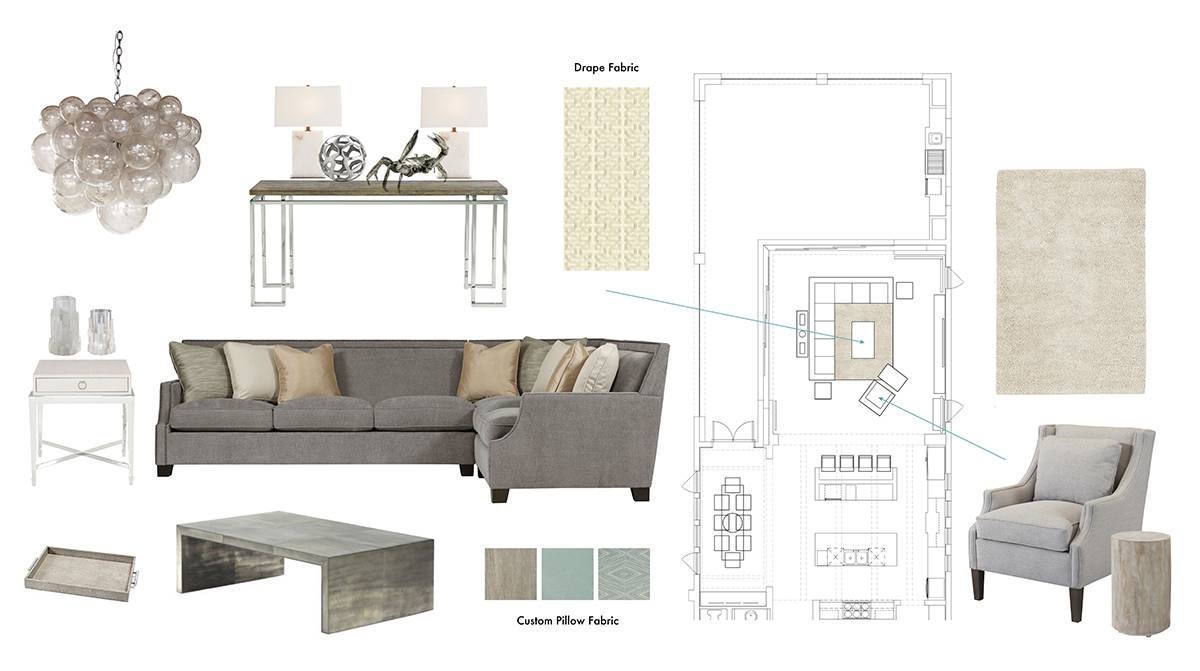
Furniture and decor sourcing is a crucial aspect of interior design that involves the careful selection and procurement of furnishings, accessories, and decorative elements to enhance the aesthetics and functionality of a space. This process goes beyond mere decoration; it's about curating a cohesive environment that aligns with the design concept and meets the client's needs.
Interior designers utilize furniture and decor sourcing to find pieces that complement the overall design scheme, considering factors such as style, scale, color, texture, and functionality. They often collaborate with manufacturers, artisans, suppliers, and vendors to obtain unique and high-quality items that resonate with the project's vision.
Sourcing involves researching, comparing prices, negotiating deals, and ensuring that selected pieces adhere to the project budget and timeline. By carefully curating furnishings and accessories, designers elevate the ambiance, evoke desired emotions, and create spaces that reflect the client's personality or brand identity. Ultimately, furniture and decor sourcing is the bridge between conceptualizing a design and transforming it into a tangible, harmonious interior that fulfills both aesthetic and practical requirements.
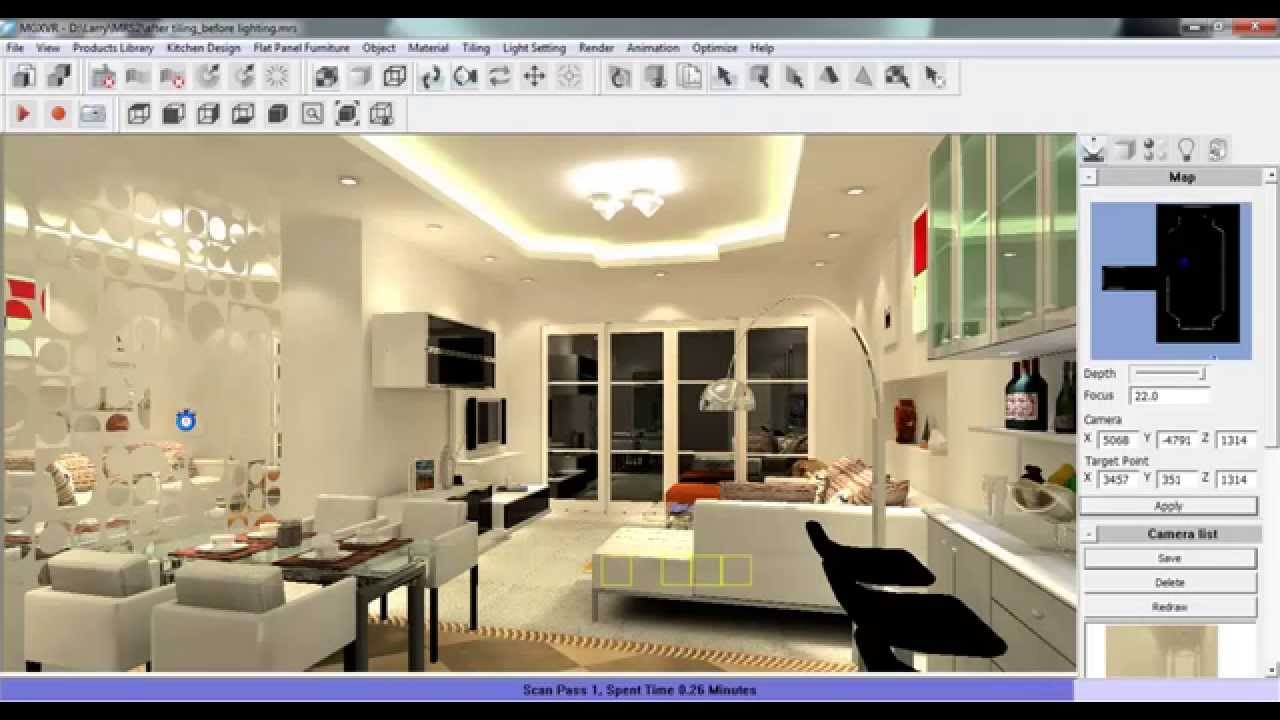
Lighting design tools are an essential component of the interior design process, focusing on strategic placement, selection and manipulation of light sources to enhance aesthetics, function and surroundings. of space. These tools allow designers to create attractive and practical lighting schemes that complement the overall design.
Lighting design tools serve several purposes. They help simulate different lighting scenarios, allowing designers to visualize how different light sources will interact with the environment. This helps to make informed decisions about where and what type of furniture is needed to achieve the desired effect. In addition, these tools help manage technical aspects, such as calculating light intensity, color temperature, and energy efficiency. They provide accurate measurements and predictions, ensuring lighting designs meet safety regulations and specific space requirements.
By combining lighting design tools, designers can experiment with different lighting configurations without making physical changes, saving time and resources. In addition, these tools aid communication with customers by presenting realistic visualizations that accurately represent the end result of the lighting system.
Essentially, lighting design tools allow interior designers to harness the power of light, sculpt spaces using brightness, shadows, and color, ultimately transforming interiors. into an inviting and comfortable environment.
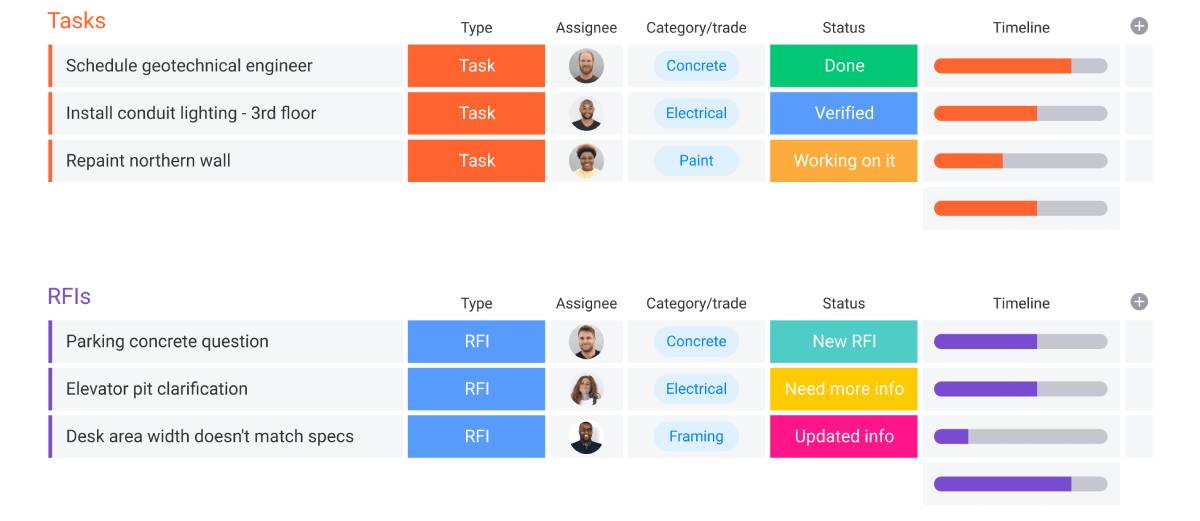
Project management tools are essential for interior designers to effectively plan, organize, and execute their design projects. These tools streamline the design process by providing a centralized platform for managing tasks, deadlines, resources, and communications.
Interior design projects involve various tasks such as meeting with clients, planning spaces, sourcing materials, managing budgets, and coordinating with contractors. Project management tools, such as Trello, Asana, or Microsoft Project, help designers break these tasks down into manageable steps, assign responsibilities, set deadlines, and track progress.
These tools improve collaboration among team members, ensuring everyone is on the same page on project status and updates. Designers can efficiently allocate resources, track costs, and make necessary adjustments to stay within budget.
Communication is essential in interior design, and these tools provide a centralized space for discussions, file and document sharing. This reduces the possibility of miscommunication, delays and errors.
In a nutshell, project management tools enable interior designers in Nigeria (or anywhere else) to execute projects on time, within budget, and to delight clients by providing efficient task management, collaboration transparency, and seamless communication throughout the design process.
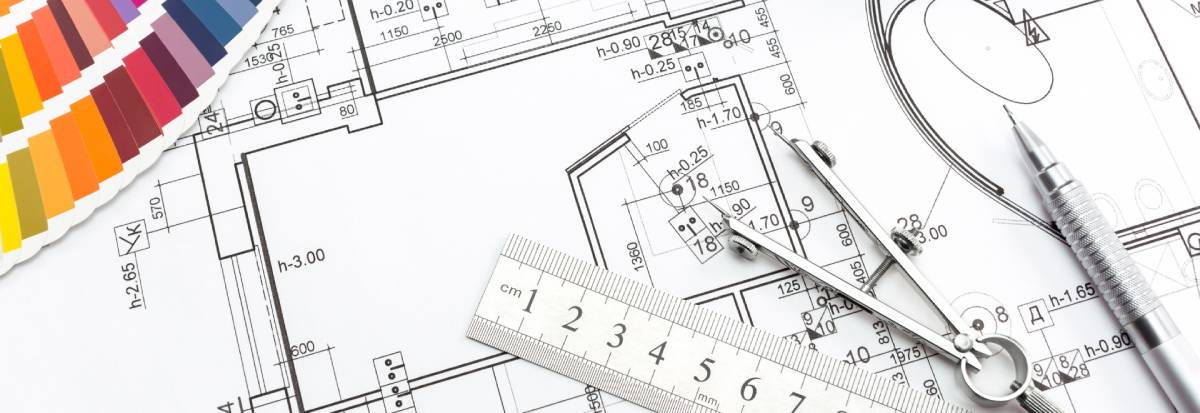
Drawing and sketching tools are essential for interior designers to communicate visually and develop their ideas effectively. These tools bridge the gap between concept and reality by allowing designers to create preliminary sketches, blueprints, and artistic renderings of interior spaces.
In the early stages of a project, hand-drawn sketches provide a quick and intuitive way to brainstorm and experiment with layout, furniture arrangement, and overall aesthetics. These sketches help designers explore several design possibilities before taking a particular direction. As the concept evolves, more refined designs can communicate spatial relationships, lighting strategies and material choices. Advanced digital drawing tools for increased accuracy and flexibility. Designers can create detailed floor plans, elevations, and 3D renderings using software that simulates textures and real-world lighting conditions. These digital tools facilitate collaboration with clients and other professionals by providing a realistic visualization of the final design.
Whether in print or on screen, drawing and sketching tools enable interior designers to communicate their vision to clients, contractors and stakeholders, fostering a shared understanding of design purposes. These tools enable designers to communicate complex ideas, effectively iterate designs, and ultimately turn their creative visions into reality in beautifully designed interior spaces.

Client presentation tools are essential for interior designers to effectively communicate their design concepts and ideas to clients. These tools allow designers to visually communicate their vision and ensure clients understand and approve of proposed designs.
Through mood boards, digital presentations, and interactive simulations, designers can showcase color schemes, furniture arrangements, materials, textures and lighting concepts. The mood board merges images, swatches, and patterns to create a tangible representation of the design mood. Digital presentations use software such as PowerPoint or specialized design software to present design elements and guidelines. These presentations explain the spatial flow, aesthetics and functionality of the proposed design.
By integrating interactive simulations or virtual reality (VR), designers can deliver immersive experiences that allow clients to virtualize designed spaces, providing insights. about the interface of the finished project. These tools foster collaboration by allowing customers to provide feedback, make informed decisions, and recommend changes before actual implementation begins.
In a nutshell, client presentation tools improve transparency, reduce misunderstandings, and build trust between designers and clients by presenting a complete and rich presentation of their visuals. interior design concepts.
In the dynamic realm of interior design, leveraging an array of specialized tools is paramount. From CAD software to material samples, these tools empower designers to visualize, create, and execute their visions efficiently. By amalgamating technology and creativity, designers craft captivating spaces that seamlessly merge aesthetics with functionality.
Discover convenience with our home service platform. We connect you with trusted professionals for a range of services - from repairs and cleaning to interior design. Enjoy the ease of booking, reliable experts, and quality results, all from the comfort of your home. Your satisfaction is our priority. Visit our website at Shopiap.com to get started.
Combining technology and creativity, designers craft captivating spaces that seamlessly merge aesthetics with functionality.
Post Your Comments